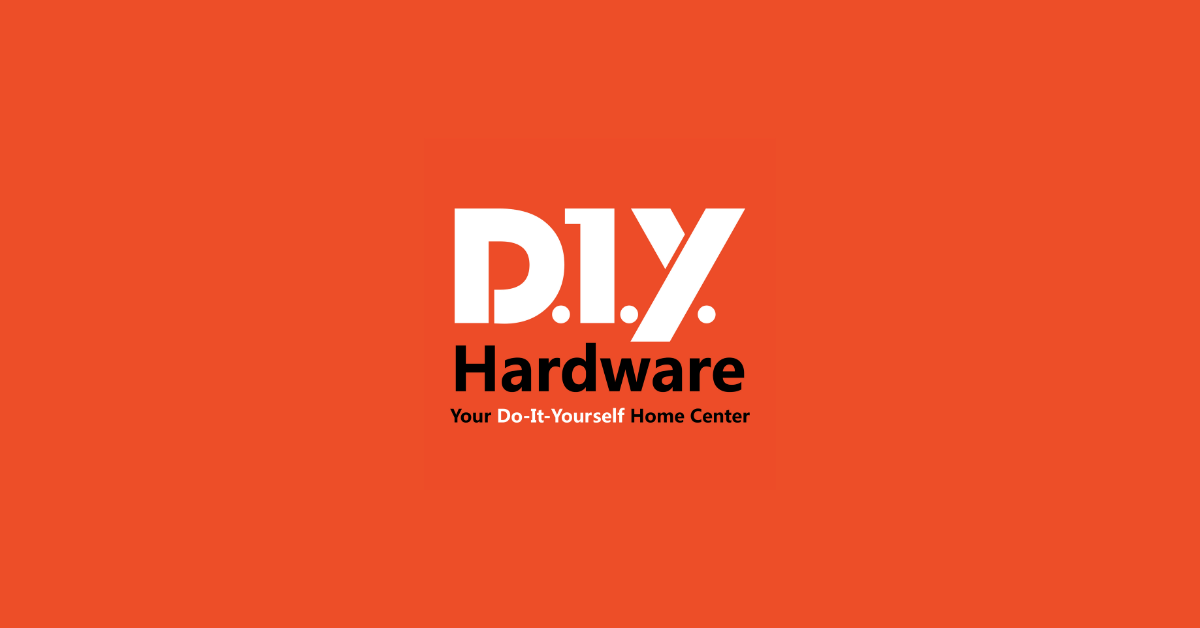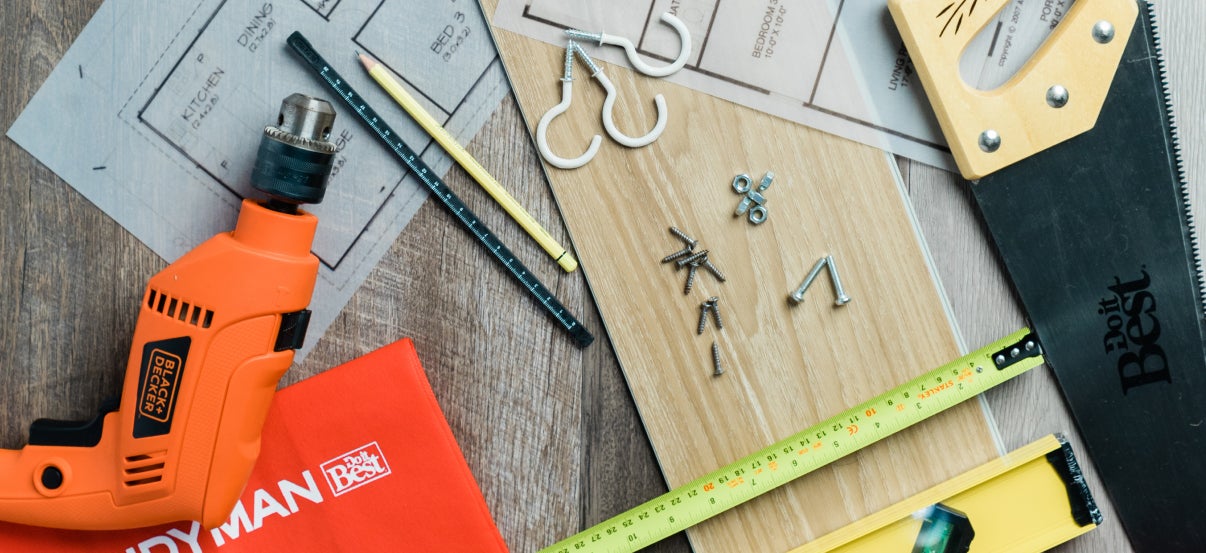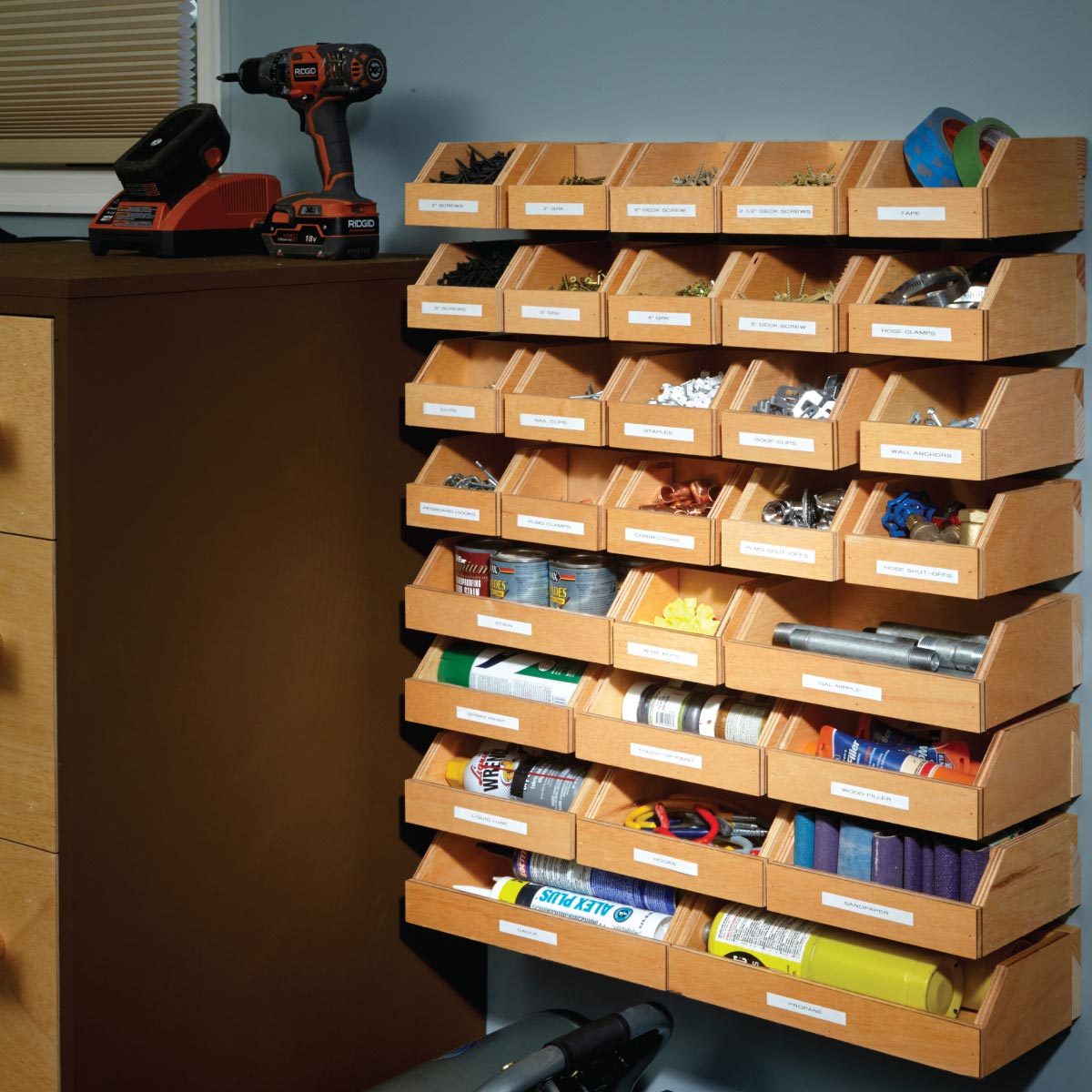DIY hardware, a movement that empowers individuals to design and build their own electronic devices, has exploded in popularity. From simple projects like LED light displays to complex robots and smart home systems, the possibilities are endless. This surge in interest can be attributed to several factors, including the increasing accessibility of technology, the desire for personalized solutions, and the thrill of bringing creative ideas to life.
The DIY hardware movement is fueled by a growing community of makers, tinkerers, and enthusiasts who share their knowledge, projects, and resources. Online platforms and forums serve as hubs for collaboration, where individuals can learn from each other, find inspiration, and contribute to the collective knowledge base. This shared passion for innovation and experimentation has led to the development of a wide range of tools, components, and resources that make it easier than ever to embark on a DIY hardware journey.
Essential Tools and Resources

Having the right tools and resources is crucial for success in DIY hardware projects. It’s important to understand what tools are essential for different types of projects and where to find the necessary components and materials. This section will guide you through the essentials.
Essential Tools
A well-equipped toolkit is the foundation of any DIY hardware project. Here are some essential tools that should be part of every DIY enthusiast’s arsenal:
- Soldering Iron: A soldering iron is indispensable for connecting electronic components. It uses heat to melt solder, allowing you to create permanent electrical connections. A good soldering iron should have adjustable temperature control and a comfortable grip.
- Multimeter: A multimeter is a versatile tool that measures voltage, current, and resistance. It is crucial for troubleshooting circuits, verifying component values, and ensuring proper wiring.
- Wire Strippers: Wire strippers are used to remove insulation from electrical wires, exposing the conductive core for soldering or connecting to terminals. They come in various sizes to accommodate different wire gauges.
- Wire Cutters: Wire cutters are essential for trimming and cutting wires to the desired length. They should be sharp and durable to ensure clean cuts.
- Screwdrivers: Screwdrivers are essential for assembling and disassembling devices. A set of both Phillips and flathead screwdrivers in various sizes is highly recommended.
- Pliers: Pliers are used for gripping, bending, and cutting various materials. They are useful for holding components while soldering, bending wires, and cutting small parts.
- Heat Gun: A heat gun is used for applying controlled heat to components, such as shrinking heat shrink tubing or removing adhesive. It’s a valuable tool for various tasks, including soldering and desoldering.
- Digital Caliper: A digital caliper is used for precise measurements, especially for small parts and components. It provides accurate readings in millimeters and inches.
- Continuity Tester: A continuity tester helps verify electrical connections by detecting the presence or absence of a closed circuit. It’s useful for troubleshooting wiring issues and identifying short circuits.
Finding Affordable Components and Materials, Diy hardware
Finding affordable components and materials is crucial for making DIY hardware projects financially viable. Here are some resources that offer cost-effective options:
- Online Retailers: Online retailers like Amazon, eBay, and AliExpress offer a wide range of electronic components and materials at competitive prices. They often provide bulk discounts and free shipping options.
- Local Electronics Stores: Local electronics stores can be a good source for components and materials, especially if you need immediate access or assistance with selecting the right parts. They may also offer discounts for regular customers.
- Thrift Stores and Garage Sales: You can often find used electronics and components at thrift stores and garage sales, which can be a cost-effective way to acquire materials. However, ensure the components are in good working condition before using them.
- Maker Communities: Maker communities and online forums are great resources for finding used or surplus components at affordable prices. Many makers are willing to sell their unused parts or share resources.
Selecting the Right Tools for Specific Projects
Choosing the right tools for a specific project is essential for achieving optimal results. Here are some tips for selecting tools based on project requirements:
- Project Complexity: Consider the complexity of the project when selecting tools. For simple projects, basic tools may suffice, while complex projects may require specialized equipment.
- Component Size: The size of the components involved will influence the tools you need. For small components, fine-tipped soldering irons and precision screwdrivers are essential.
- Material Type: The type of material used in the project will determine the appropriate tools. For example, cutting metal requires different tools than cutting wood.
- Power Requirements: The power requirements of the project will influence the tools you need. For high-power projects, you may need specialized tools like power supplies and high-wattage soldering irons.
DIY Hardware Projects for Beginners
This section delves into the world of DIY hardware projects specifically designed for beginners. These projects offer a fun and engaging way to learn about electronics, coding, and 3D printing, and they are a great starting point for anyone interested in exploring the exciting world of hardware.
Simple LED Circuit
This project involves building a basic electronic circuit using an LED (light-emitting diode), a resistor, and a battery.
The circuit is simple and requires only a few components, making it ideal for beginners.
- Components: LED, resistor, battery, wires.
- Tools: Soldering iron, solder, wire cutters, multimeter.
The LED is a semiconductor device that emits light when current flows through it. To limit the current and prevent the LED from burning out, a resistor is used in series with the LED. The battery provides the power source.
- Connect the positive (long) leg of the LED to the positive terminal of the battery.
- Connect the negative (short) leg of the LED to one end of the resistor.
- Connect the other end of the resistor to the negative terminal of the battery.
The circuit is now complete and should illuminate the LED.
Basic 3D Printed Object
3D printing allows you to create physical objects from digital models.
The process involves creating a 3D model using software and then sending it to a 3D printer, which extrudes layers of material to build the object.
- Design Software: Tinkercad, Fusion 360, Blender.
- 3D Printer: Creality Ender 3, Prusa i3 MK3S.
- Filament: PLA, ABS, PETG.
For a beginner, a simple object like a cube or a sphere is a good starting point.
- Design the object using 3D modeling software.
- Prepare the model for printing by ensuring it is watertight and has a proper base.
- Slice the model using software like Cura or PrusaSlicer, which creates instructions for the printer.
- Load the filament into the printer and start the print job.
Once the print is complete, you will have a physical 3D printed object.
DIY Hardware Safety and Ethical Considerations

Building your own hardware is an exciting way to learn about electronics and bring your ideas to life. However, it’s essential to prioritize safety and ethical considerations throughout the process. This section will guide you through the necessary precautions and responsible practices to ensure a safe and fulfilling DIY experience.
Safety Precautions When Working with Electronics
Working with electronics involves potential risks, and it’s crucial to take appropriate safety precautions. Here are some key guidelines to follow:
- Always disconnect power before working on any circuit.
- Use insulated tools to avoid electrical shocks.
- Work in a well-ventilated area to prevent overheating.
- Be aware of potential hazards, such as sharp edges or hot components.
- Use appropriate protective gear, including safety glasses and gloves.
Ethical Considerations in DIY Hardware
Creating and sharing DIY hardware projects carries ethical responsibilities. It’s important to consider the potential impact of your work and ensure it aligns with ethical principles.
- Respect intellectual property rights. Avoid using copyrighted designs or code without permission.
- Promote open-source practices. Share your projects and code openly to encourage collaboration and innovation.
- Consider the environmental impact of your projects. Use recycled materials and minimize waste.
- Ensure your projects are safe for users. Thoroughly test your creations and provide clear instructions.
- Be mindful of the potential for misuse. Consider the implications of your projects and avoid creating anything that could be harmful.
Ultimate Conclusion: Diy Hardware

DIY hardware is more than just a hobby; it’s a powerful force for innovation, education, and sustainability. By embracing the principles of DIY, we can unlock our creative potential, solve real-world problems, and shape the future of technology. Whether you’re a seasoned engineer or a curious beginner, the world of DIY hardware offers a unique and rewarding experience. So, grab your tools, unleash your imagination, and start building!
DIY hardware projects can be a fun way to express your creativity and personalize your home. For a spooky twist, consider incorporating some Halloween slime into your next project. Check out this halloween slime recipe for inspiration. The gooey texture and vibrant colors could be used to create unique decorations, or even incorporated into a slime-themed lamp or candle holder.
